Most Americans are still drawn to the shadows of conspiracy that surround the assassination of President Kennedy. Since then, it’s been more than half a century, and a statistic shows that 61% of Americans believe that multiple individuals plotted Kennedy’s demise.
Recently, previously classified documents were set to be released, and they were expected to either confirm or quash the wild speculations. If you held your breath for bombshell revelations, you could loosen up, because apparently much of the information being disclosed was not considered relevant to the assassination.
Undeniably, historians and Kennedy enthusiasts searched the pages for any hint to unlock the mystery behind the tragic event that’s one of the 20th century’s most notorious crimes, but as we know it at this moment, it remains with the mystery status.
Meanwhile, let’s talk about the most known and supported theories about JFK’s assassination.
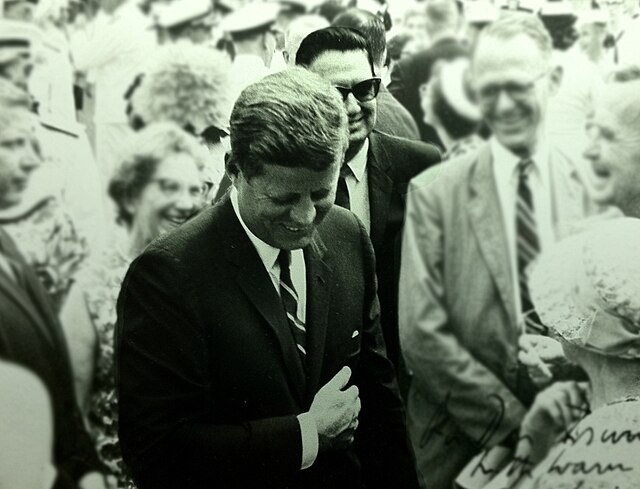
1. The Umbrella Man
It was already fishy that somebody was carrying an umbrella on a sunny day. People are captivated by the Umbrella Man conspiracy, and sunburn is the last of their concerns. The person with the umbrella appears in multiple movies about the assassination, and it was an unrecognized person until the Umbrella Man himself came on TV explaining the whole situation.
A black umbrella was brought by Louie Steven Witt to Dealey Plaza on November 22, 1963. The Zapruder film famously captures him raising it as JFK’s car drove by. Some people created the theory of him signaling, and others are going further with the theory: a poison dart was fired from the umbrella.
In reality, the facts are not that sinister. An interview from 1978 reveals the true intent. Witt says that he wanted to heckle the president. He knew that for Kennedy, the umbrella was a sore sport, and he wanted to point out the association with British Prime Minister Neville Chamberlain.
The umbrella symbolism has a historical connection. Neville Chamberlain was often seen with an umbrella, which became the symbol of his conciliation policy. The soft conclusion to this theory is the use of this symbol to mock the Kennedy family’s connection to Chamberlain. While being an iconic symbol in the mystery, it doesn’t have a real impact on the murder itself. The connection between the influential family and Chamberlain had a lasting implication, being rooted in Joseph P. Kennedy Sr. supporting the politician.
2. Was it a mob hit?
It is said that Kennedy had a deep relationship with organized crime. Some people tend to believe that the mafia played an important role in helping JFK win the 1960s. It is thought that they secured crucial votes in Illinois. On the other hand, there is a theory suggesting that the Kennedy clan found themselves at odds with the mob.
This theory is related to JFK’s failed attempt to dethrone Fidel Castro, which kept mafia-run casinos shut down in Cuba.
Also, during Robert Kennedy’s period as attorney general, he held a persistent and vigorous campaign against organized crime, targeting Jimmy Hoffa and focusing on his prominent figure in organized labor who had alleged ties to criminal activities.
Evan Thomas highlights in Robert Kennedy’s biography that he was haunted by the fear that he had his older brother killed somehow. He was thinking about his attempts to dismantle Castro and prosecute Hoffa, which backfired in this terrible way. “Bobby thought that he’d be killed, not his brother, and now he has this daunting, horrible realization that all of his attempts to get the mob and to get Castro have in some terrible way blown up and come back to haunt his family and resulted in the death of the president, his brother.”
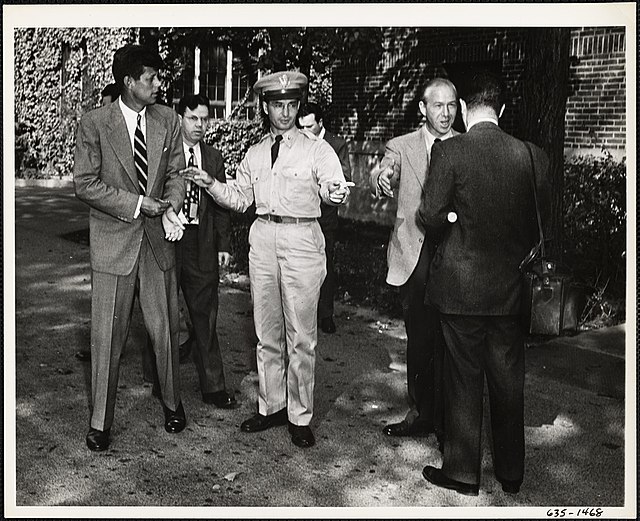
3. The Government
One of the most scary theories is suggesting that Kennedy’s assassination was held from inside.
Biographer Philip Shenon talked at NBC News about the initial suspicion of Bobby Kennedy: “It was some rogue element in the CIA.” However, he changed his mind after a meeting with CIA Director John McCone. The CIA spokesman declared: “While the CIA conspiracy theories make good fodder for movies, they are pure fiction.”
You can order Philip Shenon’s book A Cruel and Shocking Act: The Secret History of the Kennedy Assassination via Amazon.
The public still remains skeptical. They see a possible motive in the CIA to try to get rid of the president, given their anger over the Bay of Pigs invasion. The fact that they are an organization steeped in secrecy also keeps them under suspicion, but they deny any involvement with the great sadness event.
4. “The Grassy Knoll”
The year 1964 came with some declarations: The Warren Commission admits that Lee Harvey Oswald acted alone in the assassination of the President, and Jack Ruby acted alone in killing Oswald two days later. The specter of conspiracy is larger than this, as many refuse to believe that a lone gunman was responsible for all this.
In 1976, the Select Committee on Assassination reexamined two famous deaths: JFK and Martin Luther King Jr. They concluded that it was probably a second shooter on the “grassy knoll,” the small hill overlooking the assassination area.
Further, in 1982, the National Academy of Science Committee on Ballistic Acoustics claimed that “reliable acoustic data do not support a conclusion that there was a second man.”
So even with all this mud and fog over this theory, it persists today.
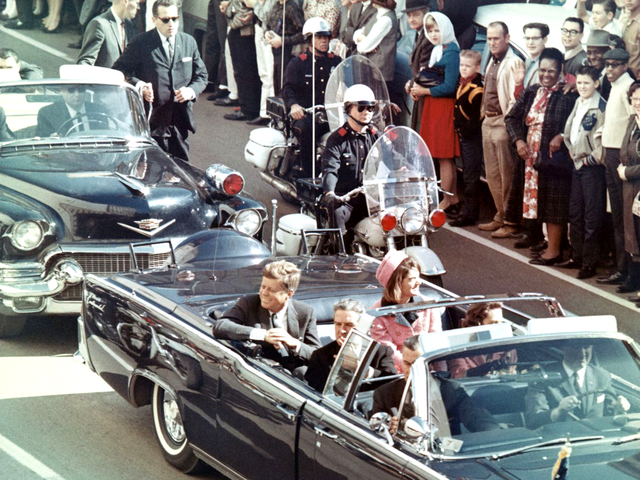
5. What did Ted Cruz’s father have to do with Kennedy’s Assassination?
Donald Trump as a candidate came with a lot of surprises, including a new theory about Kennedy’s death. Trump suggested some ties between Ted Cruz’s father and Lee Harvey Oswald.
Trump points out in an interview on Fox News that nobody talks about the fact that Ted Cruz’s father was with Lee Harvey Oswald before he was shot, even if this was reported.
After securing the nomination over his opponent Ted Cruz, Trump didn’t stop drawing attention to his claim, reminding us about the cover of the National Enquirer that shows Rafael Cruz having breakfast with Lee Harvey Oswald.
If you think about why Trump references the National Enquirer as a reputable source, well, this might be because David Pecker, his good friend, owns the tabloid. He says that the magazine’s frank manner of exposing facts is worthy of respect and that “it should be very respected”. He mentions that if it were the New York Times with this reporting, they would have gotten Pulitzer prizes.
However, the intrigue that surrounds Rafael Cruz adds another layer, making it more complicated to work with the labyrinth of conspiracy theories about JFK’s assassination.
Until now, we had at our ears other bizarre theories, such as the one building Willian Greer as the assassin, the president’s driver, who would turn around and shoot JFK, a theory working as a wannabe Zapruder film.
The topic is still elusive, and it’s covered in coats of intrigue and speculation.
If you enjoyed our article, this is another one about Incredible Facts Few People Know about John F. Kennedy.
Here are some amazing books you will love if you’re a Kennedy enthusiast or simply curious about the subject:
- Killing Kennedy: Exposing the Plot, the Cover-Up, and the Consequences
- A Thousand Days: John F. Kennedy in the White House: A Pulitzer Prize Winner



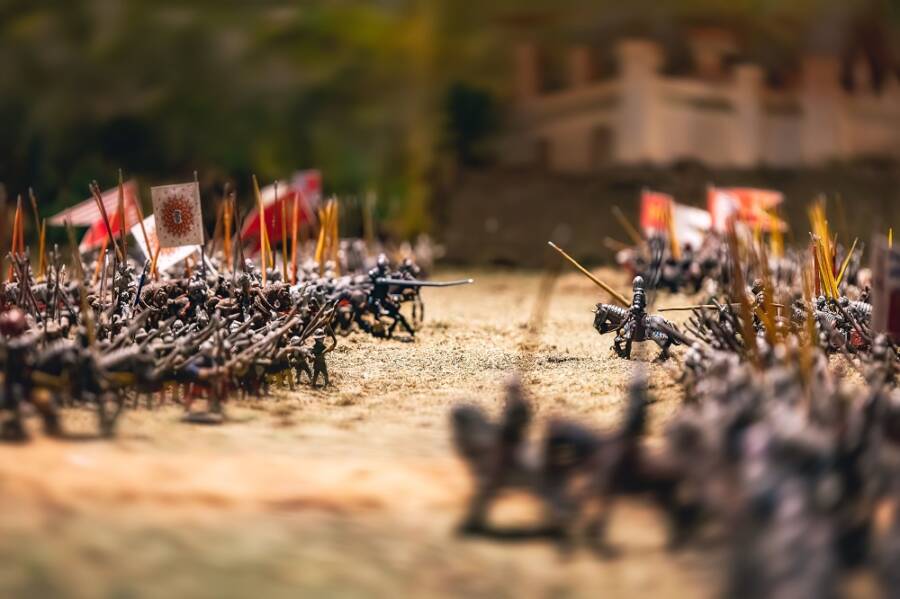
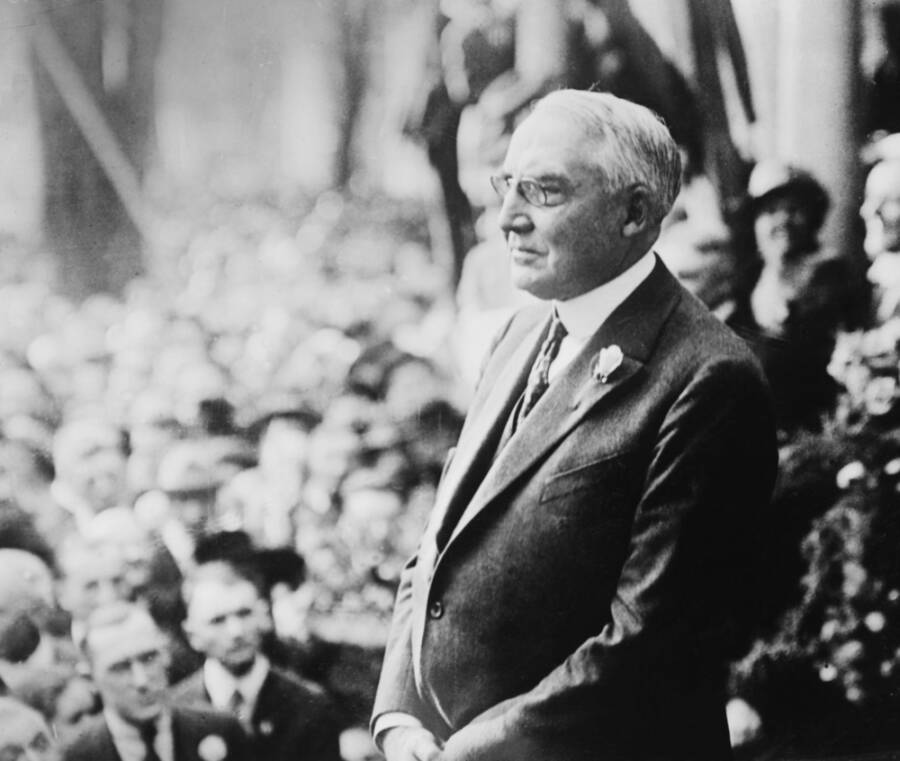
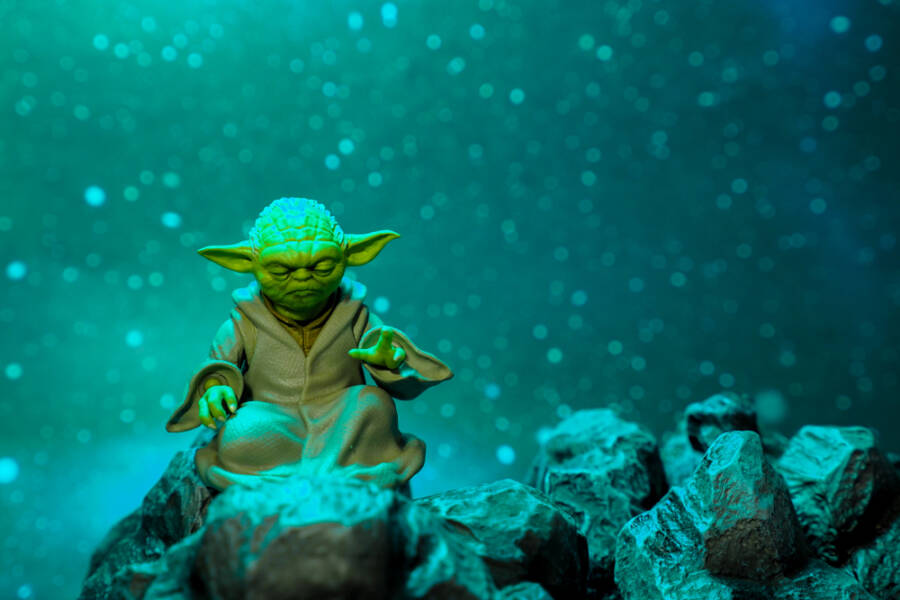
2 Responses
The unaltered Zapruder film shows matter being blown from the rear of the Presidents head, his head being snapped to the left rear and his upper torso being propelled into the back of the rear seat. Now, what does that suggest to you? Don’t blame Oswald who was in the TSBD located behind the motorcade.